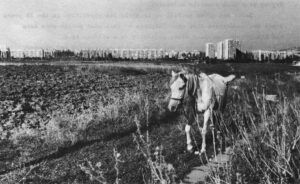Articles
Categories

“Rent-to-Own”: The Slick Cousin of Paying on Time
Some people call Larry Sutton “The Reverend of Rent To-Own.” Sutton preaches the blessings of the rent-to-own business with the enthusiasm of a true believer. He owns a growing number of Champion Rent-to-own stores in Florida and Georgia: more than 20 so far.
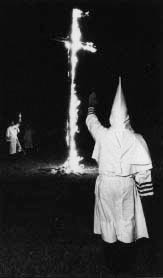
How David Duke and the Born-Agains Wrecked Louisiana’s GOP
Louisiana has a spectacular history of corruption, most of it by Democrats. Disgust with that legacy animated Republican leaders, who took party organization as seriously as their rock ribbed conservatism. They had to. Outnumbered 3-to-1 by Democrats, Republicans held few offices until the
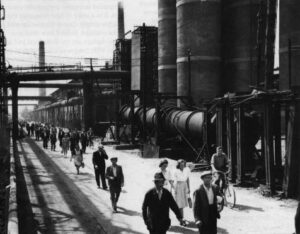
Chaos Unlimited: The Gap Between Theory and Practice in the New Hungary
Most of the workers at the Videoton television factory in Székesfehérvár, Hungary were under no illusions about the reliability of the Ukrainian market, the destination for 5,000 television sets that had rolled past their assembly line. It was nice to have the work,

Children of Rescue
BATON ROUGE-Brent Cadle, 16, drops onto all fours and looks up at his even younger audience. “First, we never walk; we crawl,” be says. The 40 children and a few parents sitting on the floor around him hug their knees and watch, rapt.

Opportunity’s Dance with One North Carolina Family
It was 1968. Arnetra Johnson, a black woman raising four bright-eyed babies alone in a rural North Carolina trailer park, was holding fast to the dream just as Dr. Martin Luther King Jr. had laid it out: black boys and white boys sitting
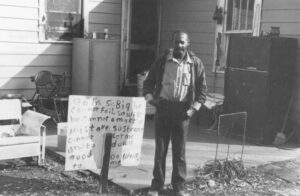
Loan Scams
Some days it seems like the phone at Annie Ruth Bennett’s house in southwest Atlanta won’t ever stop ringing. The callers want to sell her storm windows, debt–consolidation loans, burial plots. Her attorney says it’s all a scheme: They want to steal a
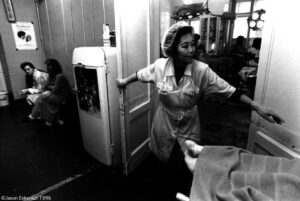
Life and Death in St. Petersburg
As the first snow of the season fell on St. Petersburg, Russia, Svetlana, 17, sat with two new acquaintances on a bench. They talked, giggled, and waited. Three hours later, they would continue their conversation in the ladies room, over cigarettes, as they
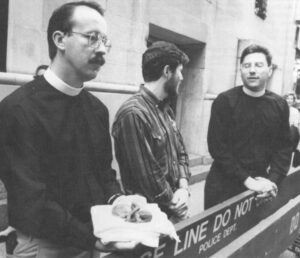
Project Rachael: Regretting Abortions
“A voice was heard in Ramah, lamentation and bitter weeping; Rachel weeping for her children…because they were no more.” Jeremiah, Chapter 31, Verse 15. Gina’s hands move constantly. She never looks directly at the other women around the table. Her frail frame and
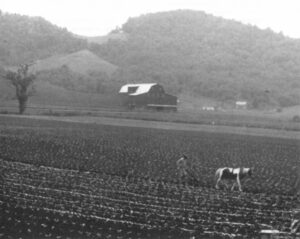
Staying in the Southern Highlands Against the Odds
Photos and article by APF Fellow Dorothea Jackson There is a flat room-sized rock that sticks out into a pool in Big Santeetlah Creek, which borders Joyce Kilmer Memorial Forest in Graham County, N.C. The place is called Rattler’s Ford, a name that

Vigilante Economics: How Wall Street Shattered Tokyo and London gave Frankfurt Woe
In September 1992, the vision of united European nations sharing something like a common currency was swept away like a mirage by international currency traders who forced Britain’s withdrawal from the European exchange rate mechanism (ERM). With the economy of Britain already in
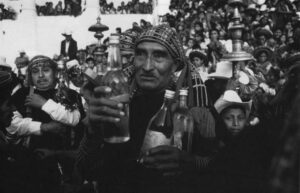
Happiness and Despair in Guatemala
A young boy participates in the holy week procession in Santiago, Atitlan. A boy enjoys the festive day as crowds gather in front of the church in Todos Santos. The village of Todos Santos celebrates its name-sake holiday, All Saints Day, with an
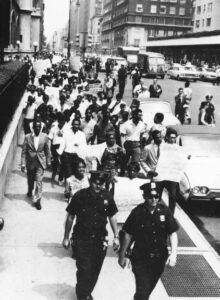
How a Campaign for Racial Trust Turned Sour
Glamorous young mayor John Lindsay had been in office all of two months when he threw down the gauntlet on the issue of civilian police review. The occasion, in February 1966, was the inauguration of a new police chief, a man known to

Approaching Financial Meltdown
On March 27, an Azerbaijani missile hit an Aeroflot jet and bounced off without exploding. But the news broke into bank trading rooms as rumors of war between Russia and the Ukraine, sending shivers throughout the international currency market. SIDEBAR – What, Me
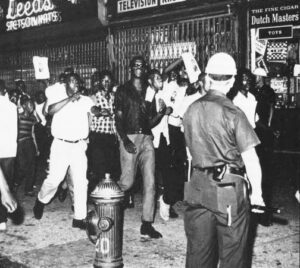
How a Campaign for Racial Trust Turned Sour
Glamorous young mayor John Lindsay had been in office all of two months when he threw down the gauntlet on the issue of civilian police review. The occasion, in February 1966, was the inauguration of a new police chief, a man known to

A Gay Family
Photos by Marc Geller Derek grew up in Washington, D.C. in a strong, stable dual income family with a number of brothers and sisters. He was trained as an accountant and made rapid progress; by his late twenties he was named head of
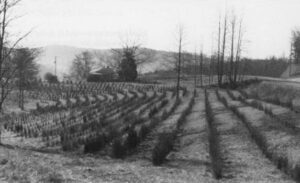
The Ways and Means of Holding on in the Highlands
If one only had an aviator cap of thin, fine leather, with earflaps and a chin strap that one snapped in a gesture of importance while settling into the feed trough, er, cockpit, one could shout, “Contack!” (an important aviator word) with a
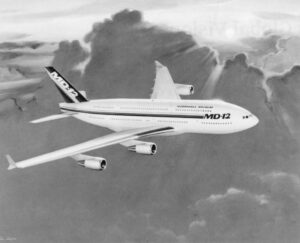
Bill Brock’s Global Visions
Former U.S. Trade Representative William Brock and John McDonnell, the chairman of McDonnell Douglas Corp., were talking at a business conference in southern California about two years ago when the conversation turned to the company’s future. McDonnell Douglas, a $17 billion-a-year enterprise, was
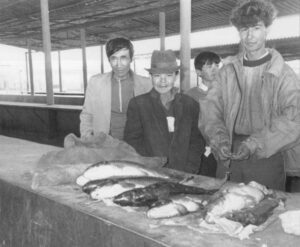
How the Soviets Destroyed a Sea in Thirty Years
Muynak, Uzbekistan – In this frightened town, life has always meant fishing. Men’s faces are leathered by lifetimes on the Aral Sea; their arms thickened by the weight of countless nets hauled from the waters. The women’s hands are scarred from millions of
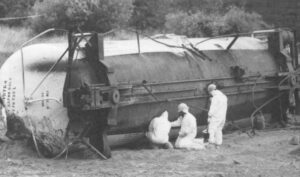
When Post-Cold War Worlds Collide: Chemical Weapons Destruction Meets Environmental Politics
Richmond, KY-Across gently rolling grassland just east of Clark-Moores Middle School, the Lexington-Blue Grass Army Depot sprawls in sad tribute to a national security agenda that is no longer relevant. Since the early days of the Cold War, the 15,000-acre installation has sheltered
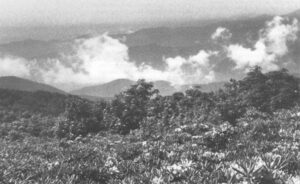
Living at Home: Money and Migration
Photos and text by APF Fellow Dorothea Jackson The Old South Carolina highway that snaked through the first wave of the Blue Ridge Mountains ends now in Lake Keowee. Literally, just short of where a covered bridge used to span the formidable green
Race and Racism in Britain
New Hebrides: The Off-Beat Isles
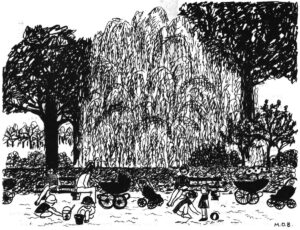
Paris in the Park
Portrait of a Revolutionary, Part I
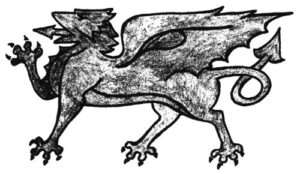
The Red Dragon – Nationalism In Wales
Notes From Leningrad
Notes From Moscow
Student Protest
The Armies of the Lafcadio Hearn Night
Dr. Fujiwara Takes on the ‘Value-Creating Society’
The Chau Trial II: Denouement

From Leipzig to Osaka, part II: The Children
Poland: The War Goes On
The OP and POP of the Post-Socialist Realist Era
A Doctrine For Revolution
Japan’s “Futen” – A Day in the Life of Little Boy Glue
The British General Election: Polls, Politics, and the Press
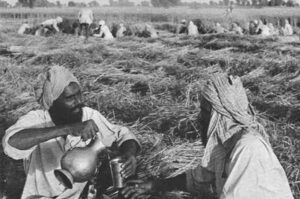
Sketches Of The Green Revolution – Part IV
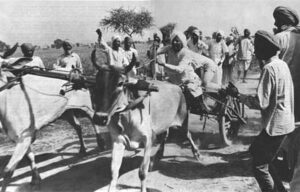
Sketches Of The Green Revolution – Part III
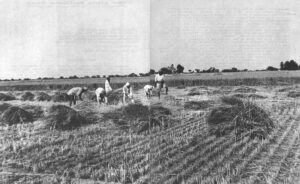
Sketches Of The Green Revolution – Part II
Prague: “A Very Unfavorable Season”
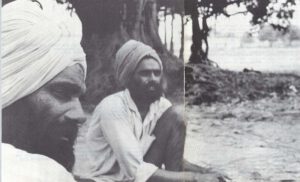
Sketches Of The Green Revolution – Part I
New Caledonia: French Forever?
The Struggle for British Schools
Expo ‘70: Hurry Up and Wait
Yugoslavia: Notes and Episodes
In One Serbian Village
The Chau Trial I: Prologue
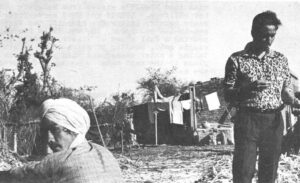
The Thorn
Fiji: The Crossroads II
Conflict of Interests in Parliament
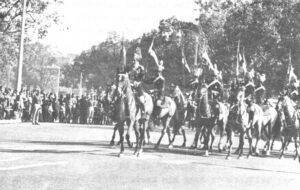
India Revisited
Yugoslavia: Days of Disenchantment

Baron Haussmann”s Paris – II
Fiji: At The Crossroads I
In Lieu of Summing Up
JE, JE, JE!
Money and Politics
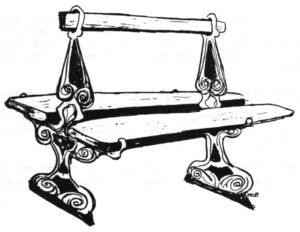
Baron Haussmann’s Paris – I
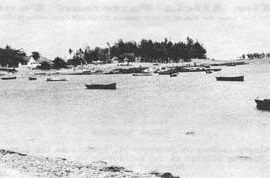
Riders Together
Sunday in Saigon
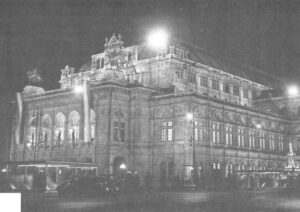
So Who Needs Karajan?
Life in Warsaw
Oh! Gibraltar!
The Yugoslav Economy: Reform and the Consumer
The Fading of the Neo-Can Lao Party
A Sofia Postscript

A City’s Style
Mauritius: A Sense of Apocalypse
Yugoslavia – The Politics of Culture
Prague: One Year Later
Samoa of Samoa
How does one become an M.P.?
The Secret Revolution
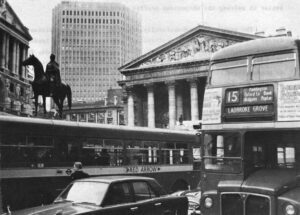
Who Rules The Streets?
From The Moon to a Land Yet Stranger…
Yugoslavia on Balance
